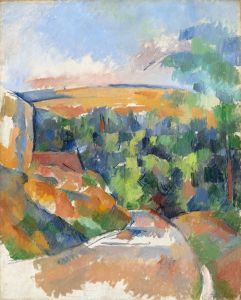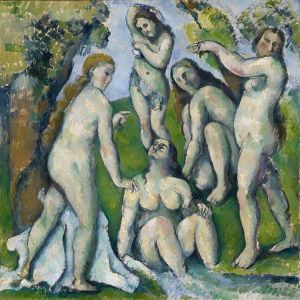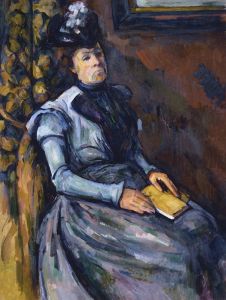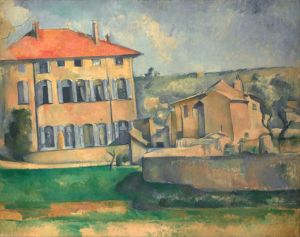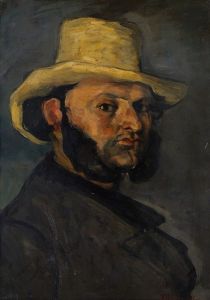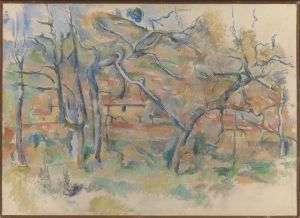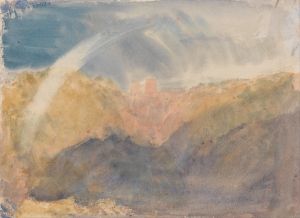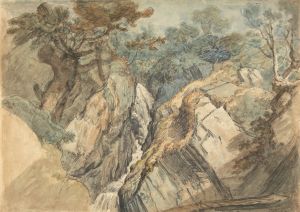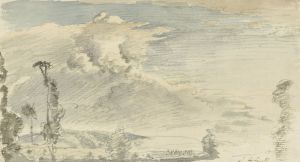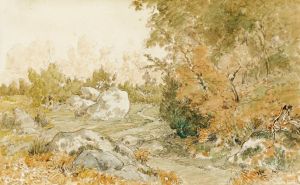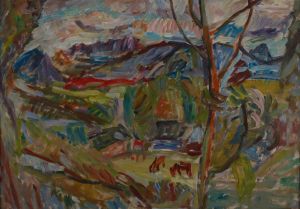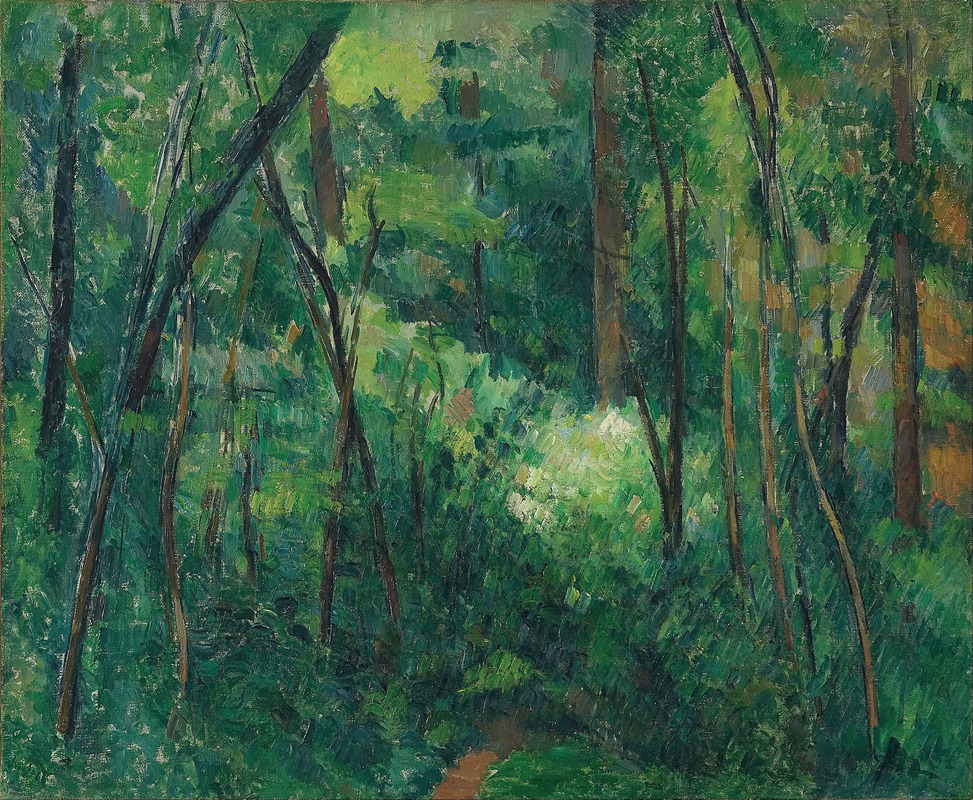
Interior of a forest
A hand-painted replica of Paul Cézanne’s masterpiece Interior of a forest, meticulously crafted by professional artists to capture the true essence of the original. Each piece is created with museum-quality canvas and rare mineral pigments, carefully painted by experienced artists with delicate brushstrokes and rich, layered colors to perfectly recreate the texture of the original artwork. Unlike machine-printed reproductions, this hand-painted version brings the painting to life, infused with the artist’s emotions and skill in every stroke. Whether for personal collection or home decoration, it instantly elevates the artistic atmosphere of any space.
Paul Cézanne's Interior of a Forest is a painting that reflects the artist's deep engagement with nature and his innovative approach to landscape art. Created during the late 19th century, this work exemplifies Cézanne's transition from Impressionism to a more structured and analytical style that would later influence modern art movements such as Cubism. Cézanne, often referred to as the "father of modern art," sought to capture the essence of the natural world through careful observation and a unique method of building form with color.
The painting depicts a dense forest scene, characterized by its interplay of light and shadow and the intricate arrangement of trees and foliage. Cézanne's use of color is particularly notable, as he employs a palette of greens, browns, and earthy tones to convey the depth and texture of the forest. His brushstrokes are deliberate and layered, creating a sense of structure and solidity within the natural environment. This approach marked a departure from the fleeting, momentary impressions favored by the Impressionists, as Cézanne aimed to depict the underlying order and permanence of the landscape.
Interior of a Forest is an example of Cézanne's dedication to plein air painting, a practice in which artists work outdoors to directly observe and capture their surroundings. This method allowed Cézanne to study the effects of light and atmosphere on the forest, resulting in a composition that feels both dynamic and harmonious. The painting does not focus on a single focal point but instead invites the viewer to explore the entire scene, emphasizing the interconnectedness of the natural elements.
While specific details about the creation of Interior of a Forest are limited, the work is consistent with Cézanne's broader artistic goals during this period. He sought to move beyond the conventions of traditional landscape painting by emphasizing the geometric forms underlying natural objects. This approach laid the groundwork for his later works, which would further deconstruct and reimagine the visual world.
Today, Interior of a Forest is recognized as an important example of Cézanne's contribution to the evolution of landscape painting. It demonstrates his ability to balance observation with abstraction, capturing the complexity of nature while paving the way for future artistic innovations. The painting is housed in a public or private collection, where it continues to be studied and appreciated for its historical and artistic significance.





